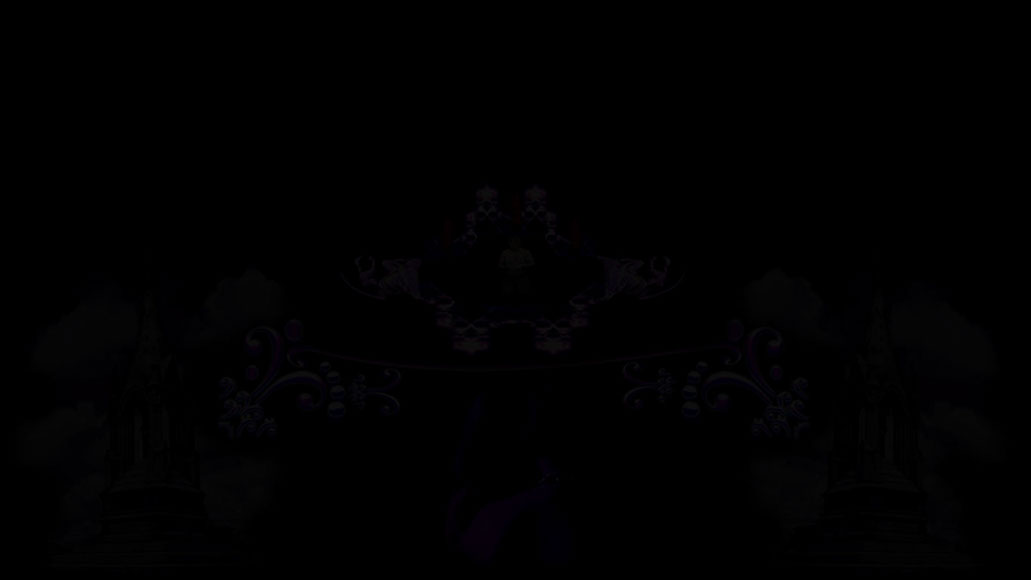







Celebratory Video
Farewell Video
Informational Video
News Brief
Recruitment Video
Editing is a technique by which scenes or shots are juxtaposed, usually accomplished through a cut to the next scene. Most video projects will also include selective use of styled transitions, usually to convey a tone or mood, suggest the passage of time, or separate parts of the story. These transitions can include dissolves, L cuts, fades (usually to black), match cuts, wipes, and morphs. Jump cuts are considered a technical flaw by most, unless used to disorient the audience or in an action sequence to show speed. Most jump cuts occur between dissimilar scenes or significantly different views of the same scene to avoid the appearance of a jump. Every effort should be made to make cuts invisible, unobtrusive.
To preserve temporal continuity, films need to avoid ellipsis, using continuous diegetic sound and match on action. An ellipsis is an obvious break in natural time continuity as it is implied in the film's story. Diegetic sound is what actually occurred within the story during the action being viewed. It is sound that comes from within the narrative world of a film(including off-screen sound). Continuous diegetic sound helps to smooth temporally questionable cuts by layering the shots. Here the logic is that if a sonic occurrence within the action of the scene has no breaks in time, then it would be impossible for the scene and its corresponding visuals to be anything but temporally continuous.
I tend to pride myself on an ability to have smooth edits that can lead an audience into a preferred direction. This is beneficial to my clients as well as the audience seeking to grasp the plot and/or intent of the viewed project.
